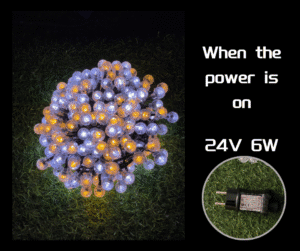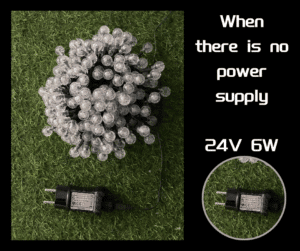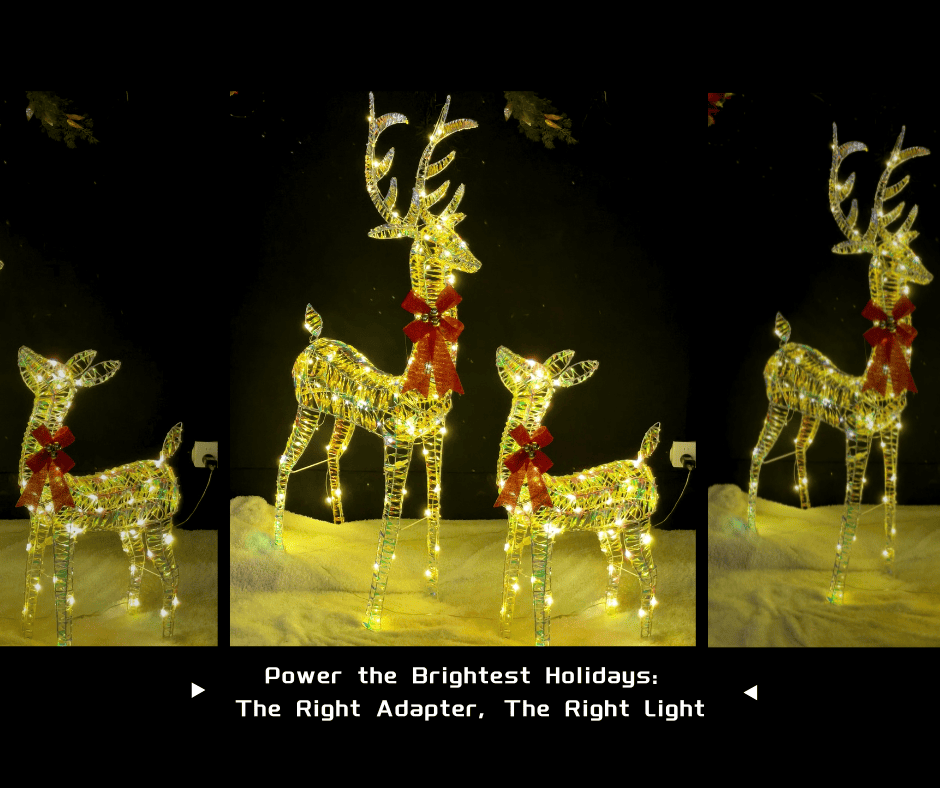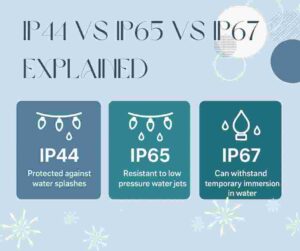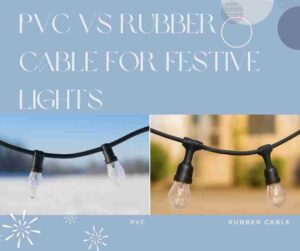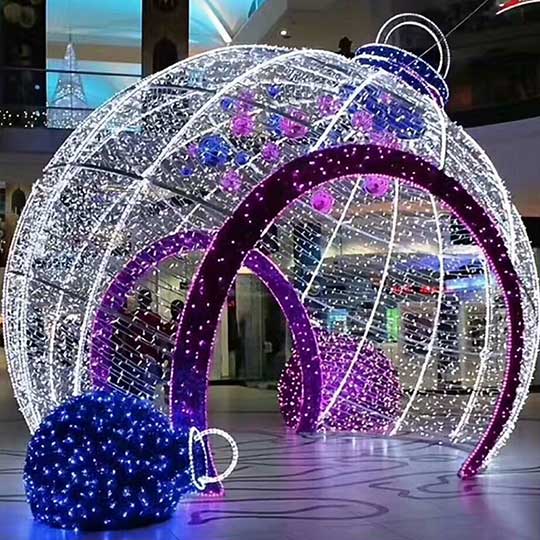Lighting products may look simple on the surface, but behind every brilliant display lies careful engineering. One key factor that often gets overlooked is the power adapter. Choosing the right adapter ensures stable operation, prevents dimming, and keeps your decorative lighting performing at its best.
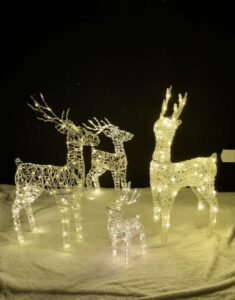
Why do different lighting effects vary?
The variety of lighting effects comes primarily from different types of light strips and light sources. Common options include:
• LED light strips: Flexible, energy-efficient, and widely used in decorative lighting. They can emit uniform brightness and come in single-color or multi-color variations.
• Neon-style LED strips: Designed with silicone casing, providing smoother, continuous illumination and higher durability for outdoor use.
• Mini bulb string lights: Small bulbs connected in series, creating a warm and festive atmosphere. These require different current and voltage compared to LED strips.
Each of these materials and structures is designed for specific purposes, which is why lighting effects can vary significantly.
Why does each type of lighting produce different brightness?
Brightness depends on several factors:
• Light strip size: Wider strips generally hold more LEDs per meter, producing stronger illumination.
• Bulb size: Larger bulbs emit more light, while smaller bulbs create a softer, decorative glow.
• Application scenarios: Outdoor decorative projects often require higher brightness, while indoor holiday décor may need a softer, cozier light.
This is why the same power adapter cannot be universally applied—different products have different energy demands.
How to choose the right power adapter
Selecting the correct power adapter is essential for safety and performance:
• Match voltage and wattage requirements: Always check the product specifications. Using the wrong adapter may lead to underpowered lights (dimming) or excess load (potential damage).
• Choose certified adapters: Reliable adapters that meet safety standards (such as CE, RoHS) provide consistent output and peace of mind.
• Consider usage environment: For outdoor lighting, waterproof and weather-resistant adapters are necessary to ensure long-term stability.
• Rely on supplier expertise: A trusted supplier will recommend the proper adapter based on the lighting product and project requirements.
